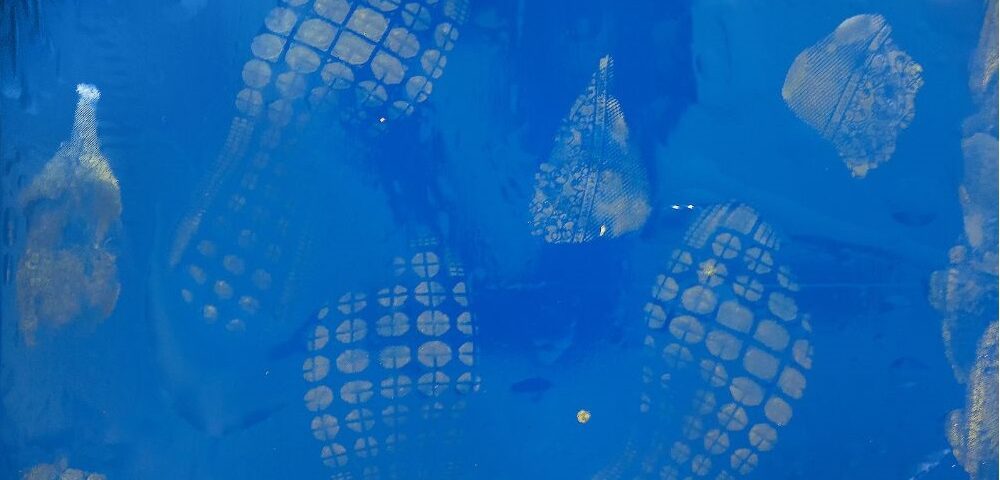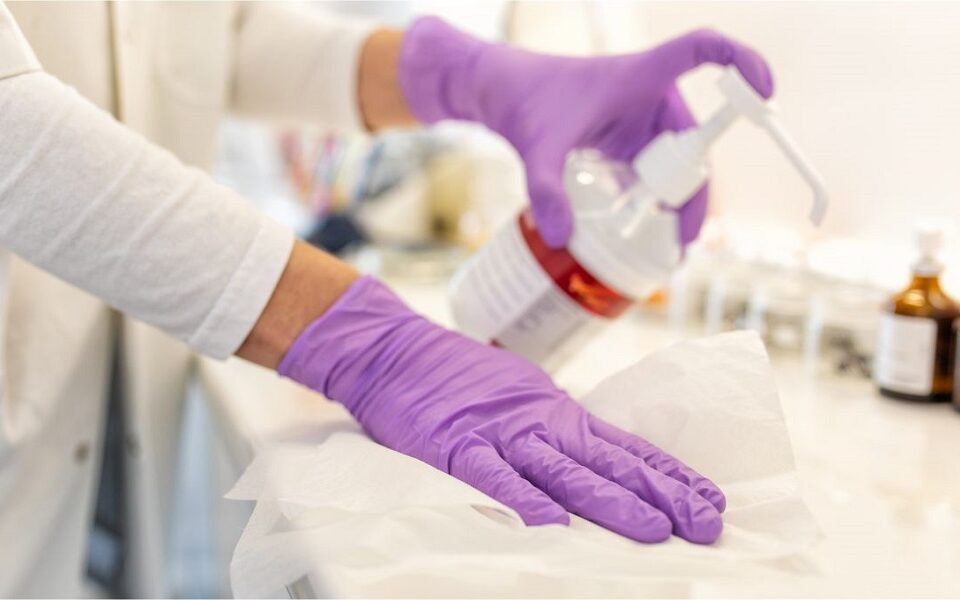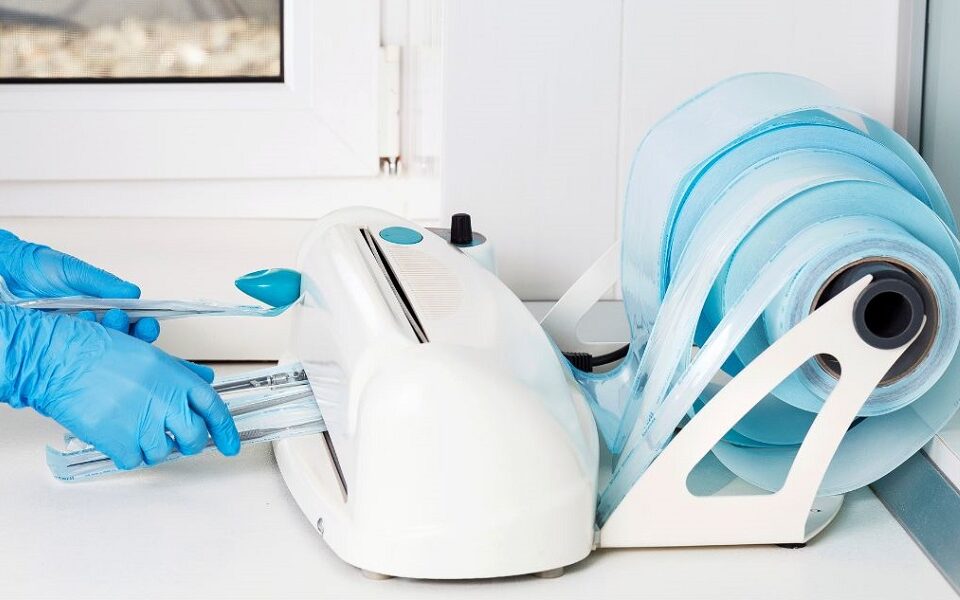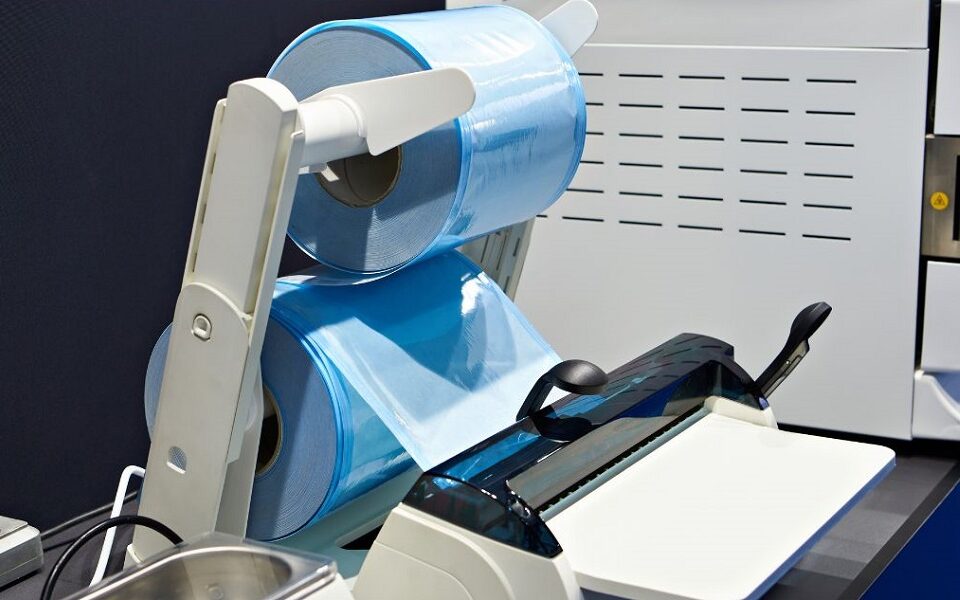Cleanroom Mats Guide: Essential Insights for Contamination Control
Learn More About the First Layer Of Protection Against Contamination
If your company or organization is part of aerospace, electronics, chemical, or biotech industry and has a clean room on premises, then you are probably aware of how critical it is to keep particles like dirt and dust away from the clean room. This is why disposable sticky mats are important factors in preventing contaminants like microbes, impurities, and other hazardous materials from being transferred into the cleanroom. Clean room mats are engineered to trap these particles and keep them attached to top sheet until they are discarded of and replaced with a new sheet.
In this article, we will explore the basics of clean room mats, also referred to as tacky mats. You will learn how to choose the right installation spot, how to properly install them, how often to change top sheets, and how to maintain and store them. Finally, you will discover how to maximize their performance by following adequate usage recommendations.
Discover Top Notch Clean Room Sticky Mats From Pristine Clean Bags®
If you are looking to acquire high quality products to keep your clean room protected, brows selection of Pristine Clean Bags® Cleanroom Sticky Mats. Our products are designed to effectively capture and trap dirt, dust, and particles that could jeopardize sensitive experiments, tests, or manufacturing processes. They are offered in two different sizes – Cleanroom Mat Sticky – 24″x36″ and Cleanroom Mat Sticky – 26″x45″ and are ideal for doorways, entry and exit points, ante rooms, gowning rooms, and other transition areas. Each mat is made of polyethylene film and comprises of 30 sheets with full adhesive bottom. For years, Pristine Clean Bags has been delivering premium cleanroom supplies of the highest quality. We are ISO certified company, with 40+ years of experience in cleanroom packaging and supply manufacturing. To see more of our products, visit our web shop or give us a call at (410) 581-0303.
What Is A Cleanroom Tacky Mat? A Basic Introduction
Clean room sticky mats, also known as ‘tacky mats’, are multi-layer floor coverings that trap impurities and prevent foot-borne and wheel-borne particles from transferring into controlled areas where the cleanliness level is critical. They are designed as a stack of polyethylene film sheets, usually 30 or more, and each one is numbered for easier tracking of use and product longevity. These mats are usually placed in entry areas or change room areas so anyone who’s entering the premises must move across them.
Size
In order to determine what size you need you have to take into consideration two things – the direction of traffic flow and how wide the opening is. Typically, if the traffic is coming straight (perpendicular) to the door, the mat should be at least 2/3 or 3/4 of width of the opening. It does not have to cover the entire width of the entry way because the traffic passes through the middle and not along the edges.
In case the traffic comes from the side or at a sharp angle, then the mat should be wide enough to allow for at least two steps with each foot. Usually a minimum is 45 inches long.
Color
There are a few different colors on the market, such as white, blue, grey. It can also be made in custom colors, but they do not affect the performance at all. Generally speaking, the white color shows dirt and particulates more easily, and many companies prefer to use this color to ensure the sheets are discarded as soon as they are completely used. However, other colors all work the same.
How Contamination Control Works
Thanks to a combination of mechanical and adhesive forces, contaminants are captured and retained on mat’s surface. The specially treated pressure sensitive adhesive attracts particles, but it does not hinder movement. The adhesive is strong enough to catch dirt, dust, and debris off the shoe soles or wheels of carts before they are brought inside the premises and before they contaminate the space.
Once the adhesive surface becomes soiled, remove it by simply pulling it off and discarding it.
Where To Install: Choosing The Most Suitable Spot
To ensure optimum performance and maximum protection, it is best to install the matting in areas with clean hard flooring, just before entry or exit points where cleanliness requirements change. You should not put them in the cleanroom itself.
They are often installed in air locks, anterooms and buffer rooms. It is suggested to place the mats in the following areas:
Entrances to cleanrooms
Entrance to cleanroom is the main entry point which must be protected against contamination. By positioning sticky mats at entry points, the amount of contaminants entering the facility is substantially reduced.
Gowning area
Gowning room is a space where operators change from street clothes into cleanroom garments like gloves, gowns, facemasks, hairnets, hats, and shoe covers before entering the cleanroom. And vice versa, before exiting the facility, they change back into their street clothes. This is one of the primary locations to place the tacky mat and a critical step in prevention of contamination.
Ante rooms & air locks
Air locks or anterooms are buffer zones between different types of cleanroom classes, or between the cleanroom and an uncontrolled area. For this reason, installing the mat in this space is key component of contamination control. Ante rooms can be in any of the following buffer zones:
- Cleanroom – gowning area
- Cleanroom – staging room
- Gowning room – control area
- Control area – common areas
- Common areas – public area
- Common areas – receiving (warehouse)
Equipment entrance point
Another essential area is the entrance of equipment (such as carts or trolleys). Installing the mat at this particular point is crucial, as it prevents wheel borne particles from entering the clean zone.
Staging area
Staging area is space outside the cleanroom used for gowning of personnel and for inspecting, preparing, and assembling the materials which will be brought inside the cleanroom. It acts as a transition zone and maintains cleanroom’s sterility.
Picking the right floor surface
When deciding where to place the sticky mat, take into account that different surfaces have different properties and they may impact how the covering adheres to it. If the surface is not smooth, install sticky mat frames and pads first.
- Ideally, it should be positioned on a smooth, non-porous surface which is moisture-free.
- Adequate flooring materials are vinyl, epoxy, and tile.
- Avoid textured surfaces like concrete, epoxy with anti-slip grit, or tiles with grout lines.
Cleanroom Sticky Mat Installation
Installing a new cleanroom mat involves more than just placing them in a designated spot. It requires care, careful consideration and strict compliance with instructions and protocols.
Step 1 – Prepare the surface
Prepare the surface on which you plant to lay the mat by wiping and cleaning it to remove any dirt. To remove residue, use heavy-duty low-lint wipe or cloth and IPA (70% Isopropyl Alcohol cleaning solvent) if necessary. Allow to fully dry before installation.
NOTE: It is recommended to use room temperature mate for installation.
Step 2 – Install the mat on the floor
Place the covering so that anyone entering or exiting the premise must step on it. It is advised for the longer side to be pointing the same way as the traffic flow (at a 90° angle to the door) because it will allow for more steps to be taken. A minimum number of footfalls should be 2 per each leg. Before positioning, always check clearance to prevent obstructing the movement.
Remove the protective film from the bottom side (do not remove the top protective film at this point) and line up the mat on the floor (or mat frame). Work slowly across the width by pressing firmly down, ensuring any air pockets and air bubbles are removed. Apply weight by stepping on the mat or use a heavy roller to secure it in place. Once placed, smooth out any air bubbles and make sure the mat is securely attached.
NOTE: The numbered pull tabs should be easily accessible.
Step 3 – Discard protective film before first use
Slowly remove the top protective film, starting at the pull tab. Pulling back about 2 to 3 inches until you remove the entire protective layer.
The Frequency of Peeling Off the Top Layer
Every tacky mat has a certain number of polyethylene film sheets that should be peeled off before they lose their tack or when evidence of lose dust is recorded. The frequency of removing the top sheet depends on the size of your team, how many times you will enter and exit the room, and how dirty the sheet gets. Monitor the surface often and remove the sheet regularly while taking notes of the frequency of change. Keeping detailed record will help you determine how often to remove the dirty layer. Some companies change sheets after the shift starts or ends, or after breaks, some change them every half hour, while other can last the entire shift.
How to properly remove used sheets?
To properly remove the protective film after use, you should start peeling the film from the corner where the tab with numbers is. Move around the edges of the mat, peeling back the sheet towards the middle of the mat, creating a formation similar to a bag which contains the dirt and particles inside. Hold ‘the bag’ firmly with both hands and lift it straight up.
Avoid quickly pulling the sheet off in one quick move. By slowly peeling it off you will prevent static-shock, and avoid releasing contamination into the air. Slowly work around the edging, working your way to the center to keep the debris in one place.
Maximize Effectiveness By Adopting These Strategies
There is a number of recommended strategies you should adopt if you want to get optimum performance and harness the full potential from sticky mats.
- Place tacky floor coverings in areas with highest risk of contamination.
- Regularly inspect the condition of the product and remove top layer as needed.
- Make sure you stick the mat adequately, without trapping air beneath. Some mats require anchoring.
- Conduct regular maintenance and cleaning as per manufacturer’s instructions.
- Train the employees (and anyone who will be using the premises) on how to properly use (and step on) the mats. This will reduce the likelihood of contamination.
Maintenance & Storage
In order to comply with strict cleanroom protocols and to properly maintain the tacky mat, you should follow several maintenance procedures that will ensure maximum efficiency and prolonged use.
- Determine optimal interval for changing the sheets by taking detailed notes in the beginning.
- Diligently peel off used sheets.
- Before use, store by laying it flat for several hours in conditions similar to those inside the cleanroom.
- Ideal storage temperature is between 54 and 95 F (12 and 35 C). Avoid storing in extreme temperatures (less than 32F/0C and more than 105F/40C).
- Store on hard, solid, flat surface on original shipping pallet.
Keep track of expiration dates. If there is no standardized expiration date, follow manufactures’ instruction for proper storage.
The Domain Of Usage: Wide Array Of Applications In Various Industries
A variety of industries with strict cleanliness requirements mandate using sticky mats in their facilities. Sterile environment is non-negotiable in settings such as research laboratories, food processing plants, or pharmaceutical testing rooms. Industry sectors where these mats are crucial include:
- Electronics
- Pharmaceuticals
- Life sciences
- Biotechnology
- Nanotechnology
- Research facilities
- Hospitals & healthcare
- Aerospace
- Food manufacturing
- Automotive industry
Recommended Product
Disposable Cleanroom Mat (Sticky), 26″ x 45″, 30 sheets / 10mats / ctn is one of our best sellers and caters to all types of environments needing contamination control. This slip-proof mat can be used with or without the frame.
Size: 26″ x 45″
Package contents: 30sheets/10mats/ctn
Material: LDPE (low density polyethylene)
Color: Blue
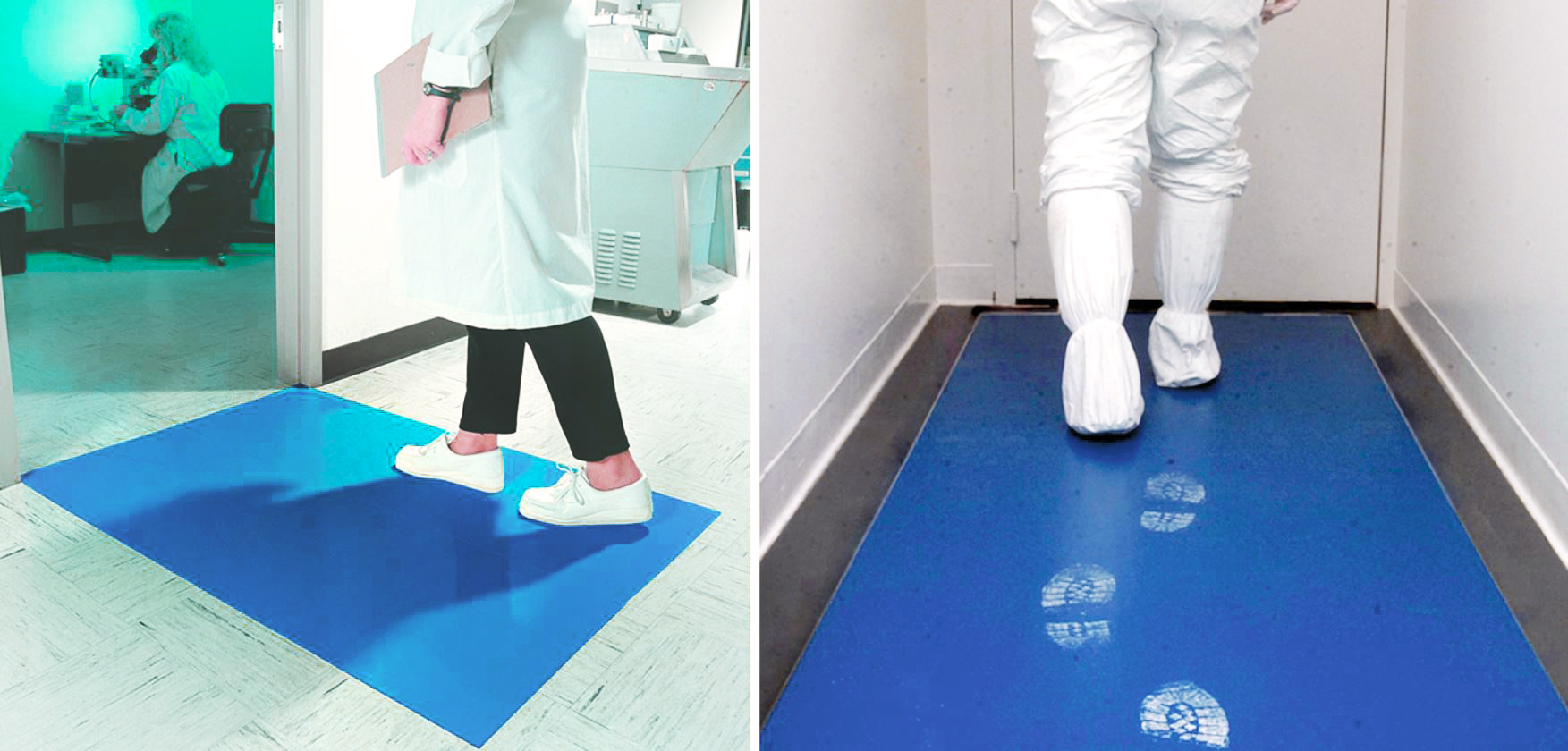
Closing Thoughts
Controlled environments such as medical labs, testing facilities, packaging rooms, or computer component manufacturing must adhere to strict cleanliness standards in order to maintain their classification levels (ISO classes). In order to do so, they can only use products which adhere to the highest standards of cleanliness. One of such products is a sticky mat. It’s carefully designed to help companies and organizations continue their work or production seamlessly, without any risks of contamination. To maximize tacky mat’s performance, ensure you follow the instructions on installation, use, and frequency of change. This way, they will be able to keep sensitive areas free from foreign substances, trap unwanted materials from shoes, and help preserve good air quality.

